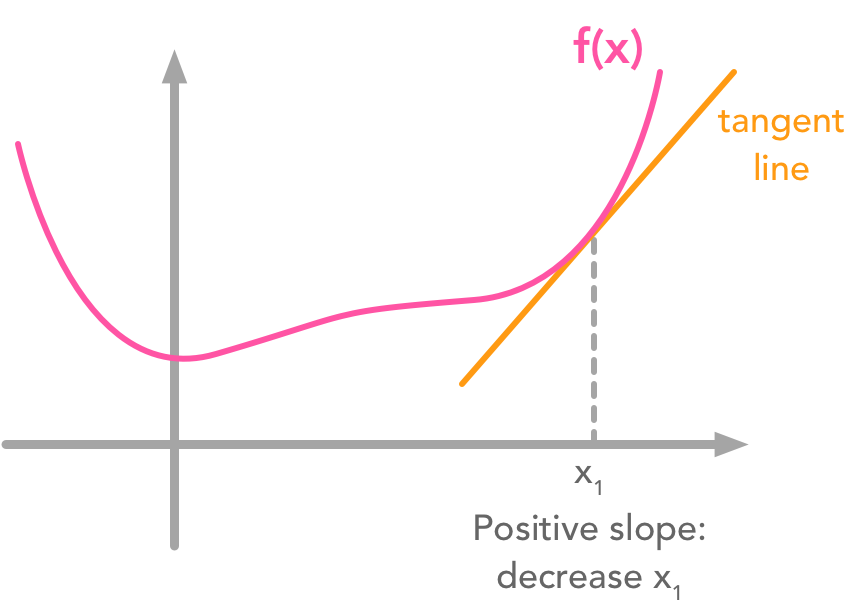Deep Learning Book Series · 2.11 The determinant
Last update: 11/07/2019
Introduction
In this chapter, we will see what is the meaning of the determinant of a matrix. This special number can tell us a lot of things about our matrix!
2.11 The determinant
We saw in 2.8 that a matrix can be seen as a linear transformation of the space. The determinant of a matrix $\bs{A}$ is a number corresponding to the multiplicative change you get when you transform your space with this matrix (see a comment by Pete L. Clark in this SE question). A negative determinant means that there is a change in orientation (and not just a rescaling and/or a rotation). As outlined by Nykamp DQ on Math Insight, a change in orientation means for instance in 2D that we take a plane out of these 2 dimensions, do some transformations and get back to the initial 2D space. Here is an example distinguishing between positive and negative determinant:
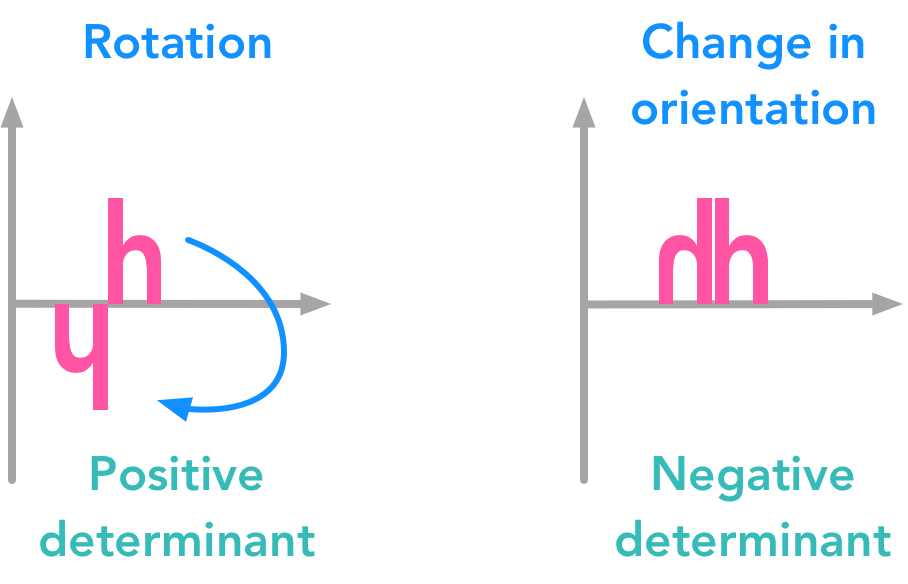 The determinant of a matrix can tell you a lot of things about the transformation associated with this matrix
The determinant of a matrix can tell you a lot of things about the transformation associated with this matrix
You can see that the second transformation can’t be obtained through rotation and rescaling. Thus the sign can tell you the nature of the transformation associated with the matrix!
In addition, the determinant also gives you the amount of transformation. If you take the n-dimensional unit cube and apply the matrix $\bs{A}$ on it, the absolute value of the determinant corresponds to the area of the transformed figure. You might believe me more easily after the following example.
Example 1.
To calculate the area of the shapes, we will use simple squares in 2 dimensions. The unit square area can be calculated with the Pythagorean theorem taking the two unit vectors.
 The unit square area
The unit square area
The lengths of $i$ and $j$ are $1$ thus the area of the unit square is $1$.
First, let’s create a function plotVectors() to plot vectors:
def plotVectors(vecs, cols, alpha=1):
"""
Plot set of vectors.
Parameters
----------
vecs : array-like
Coordinates of the vectors to plot. Each vectors is in an array. For
instance: [[1, 3], [2, 2]] can be used to plot 2 vectors.
cols : array-like
Colors of the vectors. For instance: ['red', 'blue'] will display the
first vector in red and the second in blue.
alpha : float
Opacity of vectors
Returns:
fig : instance of matplotlib.figure.Figure
The figure of the vectors
"""
plt.figure()
plt.axvline(x=0, color='#A9A9A9', zorder=0)
plt.axhline(y=0, color='#A9A9A9', zorder=0)
for i in range(len(vecs)):
x = np.concatenate([[0,0],vecs[i]])
plt.quiver([x[0]],
[x[1]],
[x[2]],
[x[3]],
angles='xy', scale_units='xy', scale=1, color=cols[i],
alpha=alpha)
And let’s start by creating both vectors in Python:
orange = '#FF9A13'
blue = '#1190FF'
i = [0, 1]
j = [1, 0]
plotVectors([i, j], [[blue], [orange]])
plt.xlim(-0.5, 3)
plt.ylim(-0.5, 3)
plt.show()
 The unit vectors
The unit vectors
We will apply
$ \bs{A}=\begin{bmatrix} 2 & 0 \\ 0 & 2 \end{bmatrix} $
to $i$ and $j$. You can notice that this matrix is special: it is diagonal. So it will only rescale our space. No rotation here. More precisely, it will rescale each dimension the same way because the diagonal values are identical. Let’s create the matrix $\bs{A}$:
A = np.array([[2, 0], [0, 2]])
A
array([[2, 0],
[0, 2]])
Now we will apply $\bs{A}$ on our two unit vectors $i$ and $j$ and plot the resulting new vectors:
new_i = A.dot(i)
new_j = A.dot(j)
plotVectors([new_i, new_j], [['#1190FF'], ['#FF9A13']])
plt.xlim(-0.5, 3)
plt.ylim(-0.5, 3)
plt.show()
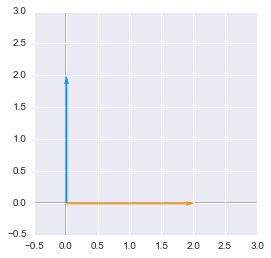 The transformed unit vectors: their lengths was multiplied by 2
The transformed unit vectors: their lengths was multiplied by 2
As expected, we can see that the square corresponding to $i$ and $j$ didn’t rotate but the lengths of $i$ and $j$ have doubled.
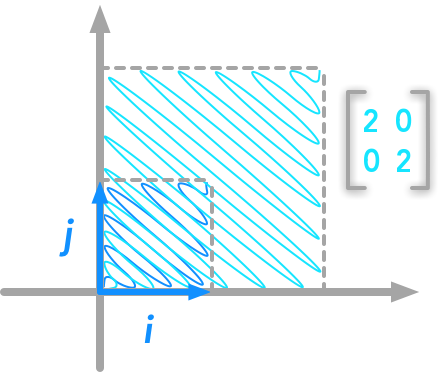 The unit square transformed by the matrix
The unit square transformed by the matrix
We will now calculate the determinant of $\bs{A}$ (you can go to the Wikipedia article for more details about the calculation of the determinant):
np.linalg.det(A)
4.0
And yes, the transformation have multiplied the area of the unit square by 4. The lengths of $new_i$ and $new_j$ are $2$ (thus $2\cdot2=4$).
Example 2.
Let’s see now an example of negative determinant.
We will transform the unit square with the matrix:
$ \bs{B}=\begin{bmatrix} -2 & 0 \\ 0 & 2 \end{bmatrix} $
Its determinant is $-4$:
B = np.array([[-2, 0], [0, 2]])
np.linalg.det(B)
-4.0
new_i_1 = B.dot(i)
new_j_1 = B.dot(j)
plotVectors([new_i_1, new_j_1], [['#1190FF'], ['#FF9A13']])
plt.xlim(-3, 0.5)
plt.ylim(-0.5, 3)
plt.show()
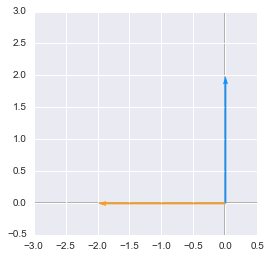 The unit vectors transformed by the matrix with a negative determinant
The unit vectors transformed by the matrix with a negative determinant
We can see that the matrices with determinant $2$ and $-2$ modified the area of the unit square the same way.
 The unit square transformed by the matrix with a negative determinant
The unit square transformed by the matrix with a negative determinant
The absolute value of the determinant shows that, as in the first example, the area of the new square is 4 times the area of the unit square. But this time, it was not just a rescaling but also a transformation. It is not obvious with only the unit vectors so let’s transform some random points. We will use the matrix
$ \bs{C}=\begin{bmatrix} -1 & 0 \\ 0 & 1 \end{bmatrix} $
that has a determinant equal to $-1$ for simplicity:
# Some random points
points = np.array([[1, 3], [2, 2], [3, 1], [4, 7], [5, 4]])
C = np.array([[-1, 0], [0, 1]])
np.linalg.det(C)
-1.0
Since the determinant is $-1$, the area of the space will not be changed. However, since it is negative we will observe a transformation that we can’t obtain through rotation:
newPoints = points.dot(C)
plt.figure()
plt.plot(points[:, 0], points[:, 1])
plt.plot(newPoints[:, 0], newPoints[:, 1])
plt.show()
 The transformation obtained with a negative determinant matrix is more than rescaling and rotating
The transformation obtained with a negative determinant matrix is more than rescaling and rotating
You can see that the transformation mirrored the initial shape.
Conclusion
We have seen that the determinant of a matrix is a special value telling us a lot of things on the transformation corresponding to this matrix. Now hang on and go to the last chapter on the Principal Component Analysis (PCA).
References
Linear transformations
Numpy
Feel free to drop me an email or a comment. The syllabus of this series can be found in the introduction post. All the notebooks can be found on Github.
This content is part of a series following the chapter 2 on linear algebra from the Deep Learning Book by Goodfellow, I., Bengio, Y., and Courville, A. (2016). It aims to provide intuitions/drawings/python code on mathematical theories and is constructed as my understanding of these concepts. You can check the syllabus in the introduction post.
1. Scalars, Vectors, Matrices and Tensors 
2. Multiplying Matrices and Vectors 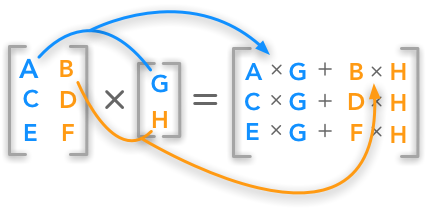
3. Identity and Inverse Matrices 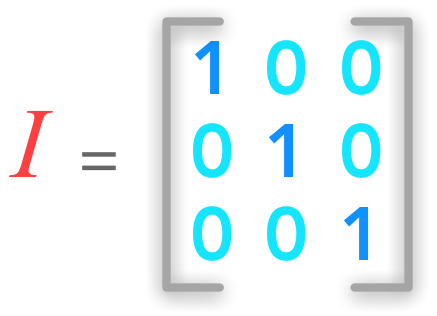
4. Linear Dependence and Span 
5. Norms 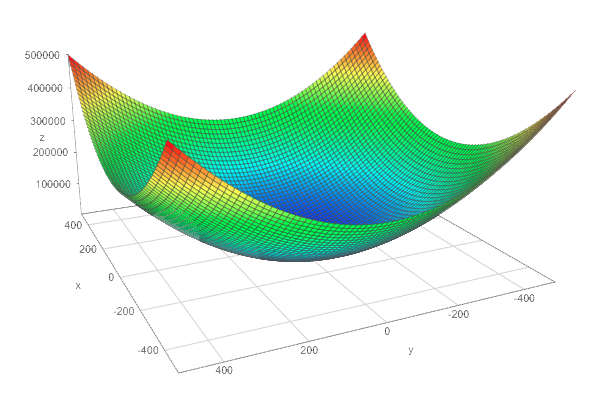
6. Special Kinds of Matrices and Vectors 
7. Eigendecomposition 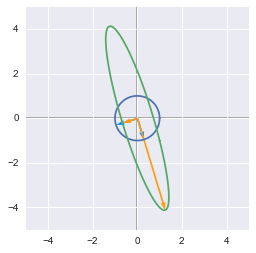
8. Singular Value Decomposition 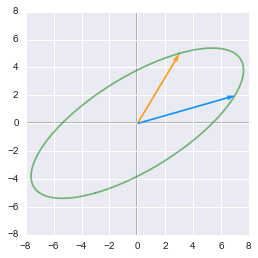
9. The Moore-Penrose Pseudoinverse 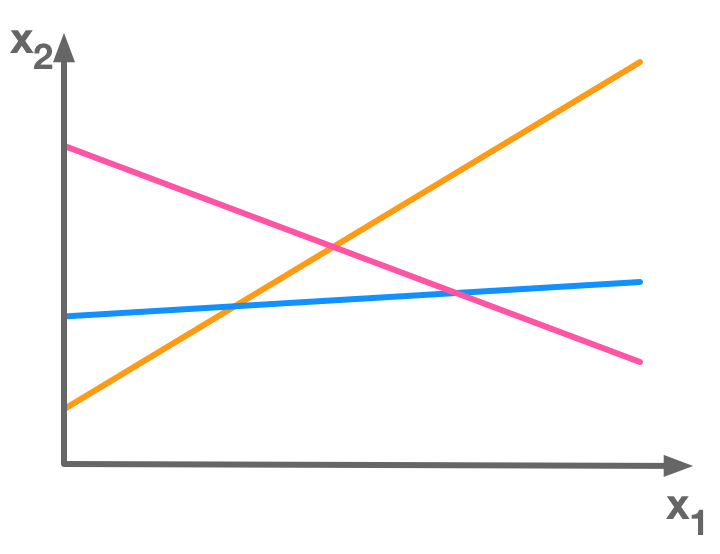
10. The Trace Operator 
11. The Determinant 
12. Principal Components Analysis (PCA) 